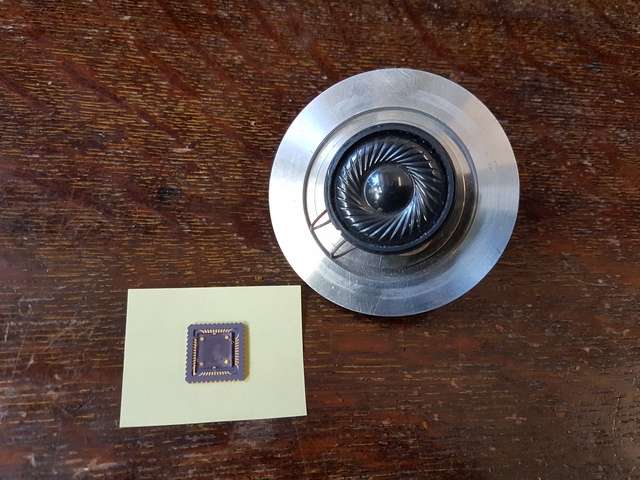A pioneering new technique that encourages the wonder material graphene to “talk” could revolutionise the global audio and telecommunications industries.
Researchers from the University of Exeter have devised a ground-breaking method to use graphene to generate complex and controllable sound signals. In essence, it combines speaker, amplifier and graphic equaliser into a chip the size of a thumbnail.
Traditional speakers mechanically vibrate to produce sound, with a moving coil or membrane pushing the air around it back and forth. It is a bulky technology that has hardly changed in more than a century.
This innovative new technique involves no moving parts. A layer of the atomically thin material graphene is rapidly heated and cooled by an alternating electric current, and transfer of this thermal variation to the air causes it to expand and contract, thereby generating sound waves.
Though the conversion of heat into sound is not new, the Exeter team are the first to show that this simple process allows sound frequencies to be mixed together, amplified and equalised – all within the same millimetre-sized device. With graphene being almost completely transparent, the ability to produce complex sounds without physical movement could open up a new golden generation of audio-visual technologies, including mobile phone screens that transmit both pictures and sound.
Source: Good vibrations no longer needed for speakers as research encourages graphene to talk

Robin Edgar
Organisational Structures | Technology and Science | Military, IT and Lifestyle consultancy | Social, Broadcast & Cross Media | Flying aircraft

